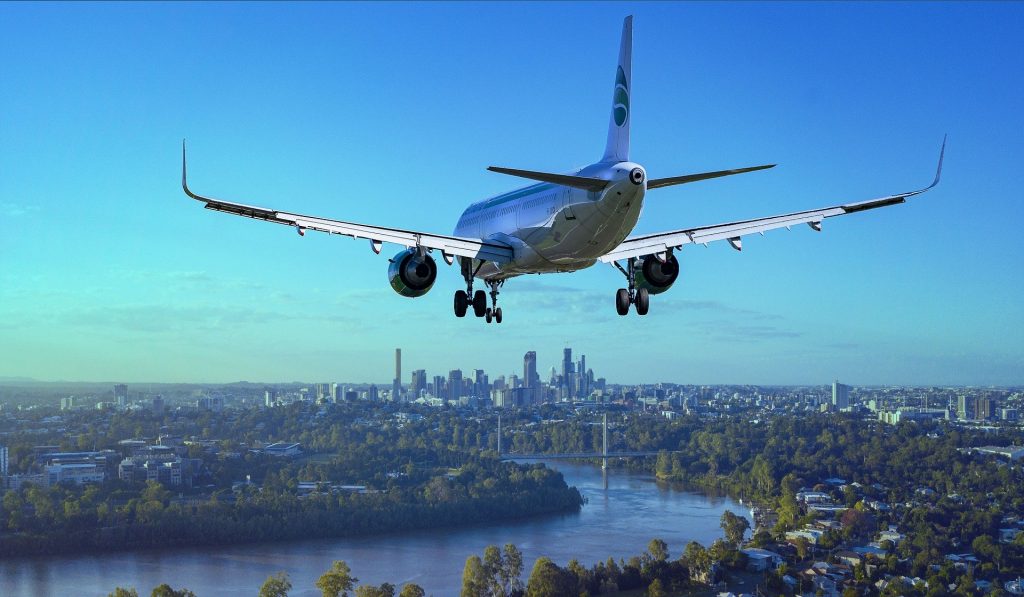Microsoft Flight Simulator Returns to Take Us to The Skies
If you grew up gaming in the 1990s, then there’s a high chance you know about the Microsoft Flight Simulator. To most 90’s kids, the Flight Simulator is the first thing they would associate to the tech giant, even more than Word and Excel! For most children of that age, it was the best game on the PC as it truly took them to the skies. It has been a while since Microsoft has released updates regarding their plans for the game. However, the company will soon be releasing a significant update, and the news is exciting gamers around the world. Here’s a look at why the Microsoft Flight Simulator 2020 is so phenomenal, and the cultural significance of the game.
Rare Updates
While the game defined Microsoft in the 90s, it seldom looked back at it during the 2010s. The brand has been lurking in the darkness for a good part of the last decade. The last update or release on the franchise came in the form of 2006’s Flight Simulator X. A few years down the line, Microsoft shut down the game developer Aces Game Studio, as a part of their widespread layoffs. Later, the 2012 spin-off called Microsoft Flight was not well-received by critics or gamers, leaving many to believe the franchise was over for good. However, in a few weeks, Microsoft will release the most significant addition to the franchise throughout its 38-year heritage. Titled Microsoft Flight Simulator, and developed by Aosobo, a French development studio, this is one of Microsoft’s most ambitious projects.
What It Aims to Do
The project will help bring together data from Bing Maps and use Azure’s innovative procedural generation methodology to bring to life details we have never seen before. Critics who have already started playing the pre-release alpha were left dumbfounded at the attention to detail in the game. Considered an exquisite effort from Microsoft, gamers have already hailed the Flight Simulator, the best yet successfully shouldering the expectations of millions. However, a popular question many had were; Why now? Why did Microsoft reinvent the wheel with the series in 2020?
Why Now?
Jorg Neumann, who serves as the tech giant’s head of Flight Simulator, stated that the company switched focus to Xbox in the last decade. After launching Flight Simulator X, Microsoft focused mainly on expanding its gaming market share through developing the Xbox. He says that while the desire and intent to make a follow-up simulator always existed, it never seemed like the right time. The team often found themselves unsure of what to add, what vision to follow, and how to take things forward.
Inspiration and Development
Recently, Neumann began working on Microsoft’s AR headset HoloLens, which featured a demo version of HoloTour. This application allows users to fly through places Machu Picchu and Rome, being their first collaboration with Bing Maps. Neumann recalls how the experience felt so surreal due to the sheer amount of detail that was possible using this technology. This was when he thought that transferring such gameplay to the simulator would be revolutionary. A year later, he contacted Asobo with the plan, and the team started work on building a realistic map of Seattle, which is also Microsoft’s home city. Asobo built a demo version that featured a Cessna plane flying in downtown Seattle, accurate to a mind-blowing 5-cm resolution. Neumann showed the demo to Vice President Phil Spencer, who now heads the Xbox division.
Though Asobo did not have much experience building a flight simulator before, Neumann trusted them with the project. Their team had worked on an open-world terrain racer game called Fuel in 2009, which made use of both satellite data and procedural techniques. They leveraged that experience to create a realistic and credible game environment for the MFS 2020. Martial Bossard, who is a co-founder of Asobo, said the team visited flight schools to understand how the flying experience truly feels. He also stated that it reminded him of how he had started gaming himself, as he began his journey on a flight simulator. Neumann sent help to Asobo in the form of the older Flight Simulator X engine, helping speed up the development process.
End Result
All this time and effort has led to the creation of a brilliant simulator. The Microsoft Flight Simulator distinctly resembles actual flying and combines this with breath-taking visuals. The reactive clouds and weather, beautiful imagery, and accurate gameplay all add to the experience in a profound way. However, as of now, Microsoft does not have high-quality data for all regions across the world. Since AI cannot generate landmarks, bridges, and other unique objects, they will have to be built by hand. However, Neumann has stated that the team will work on building those world elements, helping make the MSF a global game. The game will launch on the Xbox Game Pass PC Version, followed by an Xbox version soon enough. The PC version will also support VR rendering, helping increase the game’s fan base.
We aren’t sure how the game will run on Xbox consoles due to the technical requirements of the game. However, it is clear to see that Microsoft has created a very accessible simulator that many will grow to love. Not only is this an incredible achievement technically, but one that will help repackage an old favorite into the hearts of a new crowd.

Being a cinephile with a love for all things outdoorsy, Athulya never misses a chance to chase inspiring stories or poke fun at things, even when the subject is herself. Currently pursuing a degree in mechanical engineering, she is someone innately interested in technical and scientific research. Music reviews and op-eds define her as they allow her to explore different perspectives. Though sometimes she thinks she makes more sense playing the guitar than she does while writing.
